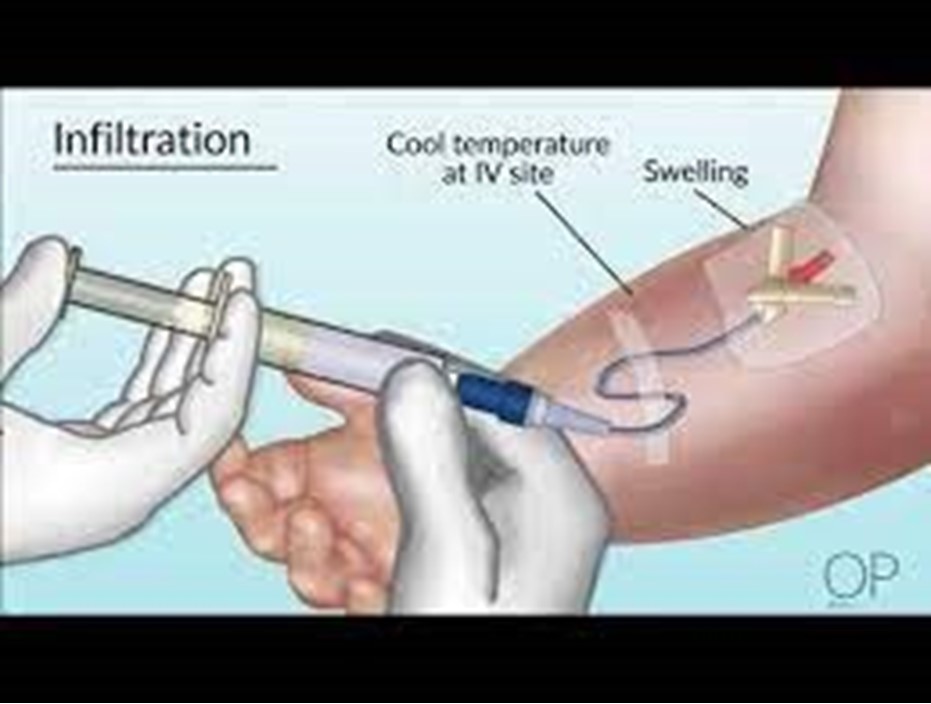The practical nurse (PN) is providing care for a client who is ordered nothing by mouth (NPO) after a small bowel resection. The client's nasogastric (NG) tube is connected to low intermitent suction. The client reports dizziness and tingling in digits. Which assessment finding by the PN should be reported to the healthcare provider?
Hyperactive bowel sounds on assessment.
Heart rate of 90 beats per minute with premature ventricular contractions (PVCs) noted on telemetry.
Hypoactive bowel sounds on assessment.
Regular heart rate of 100 beats per minute on telemetry.
The Correct Answer is B
PVCs are abnormal heartbeats that occur when a ventricle contracts earlier than expected. They can indicate electrolyte imbalance, such as hypokalemia, which can result from NG suctioning. The PN should report this finding to the healthcare provider, as it may require treatment or adjustment of the suctioning.
The other options are not correct because:
A. Hyperactive bowel sounds on assessment may indicate increased peristalsis or bowel obstruction, but they are not related to the client's symptoms or NG suctioning.
C. Hypoactive bowel sounds on assessment may indicate decreased peristalsis or ileus, which are expected after bowel surgery and do not require immediate intervention.
D. Regular heart rate of 100 beats per minute on telemetry may indicate tachycardia, which can have various causes, but it is not as concerning as PVCs in this context.
Nursing Test Bank
Naxlex Comprehensive Predictor Exams
Related Questions
Correct Answer is D
Explanation
The PN should directly observe the UAP's performance and provide feedback and guidance as needed. This can help ensure that the UAP follows the standards of care and respects the client's dignity and preferences.
The other options are not correct because:
A. Asking another UAP to help the oriented may not be appropriate or necessary, as it may interfere with the orientation process and create confusion or conflict.
B. Verifying with the client that the bath was complete and thorough may not be sufficient or reliable, as the client may not be able to assess the quality of care or may not want to complain.
C. Inspecting the client's skin near the end of the bathing procedure may not be timely or comprehensive, as it may miss some aspects of care or some problems that occurred during the bath.
Correct Answer is C
Explanation
The correct answer is choice C - IV infusion site is infiltrated. Choice A rationale:
The client reports feeling nauseous. While this symptom should be monitored, it is not the most crucial finding to report for a client in Addison's crisis. Nausea can be a common symptom during various medical conditions and may not warrant immediate action.
Choice B rationale:
Has not voided in four hours. While monitoring urine output is important, it may not be the most critical finding in Addison's crisis. Other symptoms like electrolyte imbalances and
circulatory collapse is more concerning in this scenario.
Choice C rationale:

IV infusion site is infiltrated. In Addison's crisis, the client's condition may be precarious, and any complications with IV therapy could worsen the situation. It is essential to report this finding promptly to prevent further complications.
Choice D rationale:
A serum glucose level of 85 mg/dL. While monitoring glucose levels is essential in many situations, a glucose level of 85 mg/dL is within the reference range, which means it is not the most critical finding in Addison's crisis.
Whether you are a student looking to ace your exams or a practicing nurse seeking to enhance your expertise , our nursing education contents will empower you with the confidence and competence to make a difference in the lives of patients and become a respected leader in the healthcare field.
Visit Naxlex, invest in your future and unlock endless possibilities with our unparalleled nursing education contents today
Report Wrong Answer on the Current Question
Do you disagree with the answer? If yes, what is your expected answer? Explain.
Kindly be descriptive with the issue you are facing.
